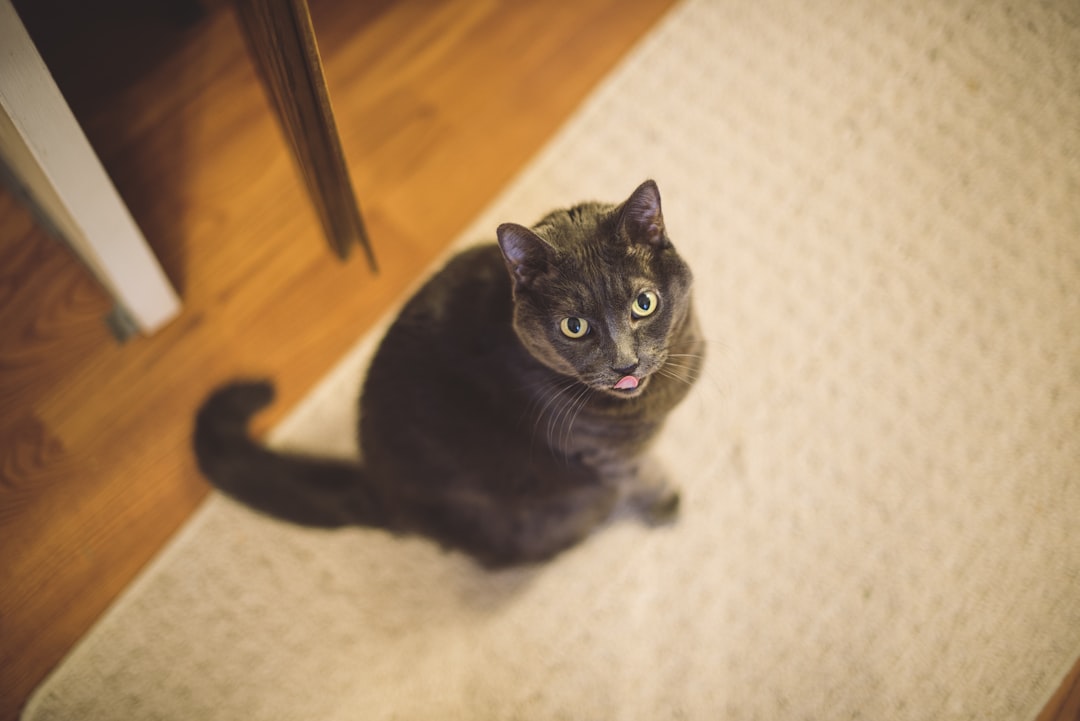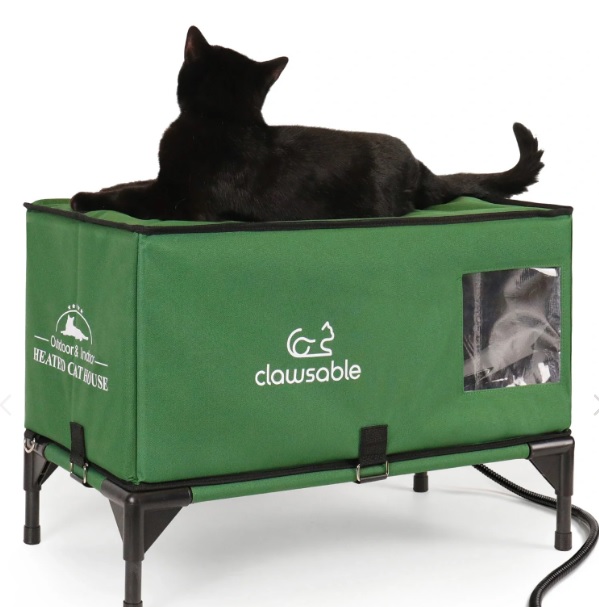Finding the best cat litter can feel like an epic quest—think less King Arthur, more “Mean Girls.” With so many brands and options available, your mission is to decipher the fine print of clumping versus non-clumping, biodegradable choices, and the importance of odor control. After all, a happy kitty equals a happy home! So, buckle up as we dive into the world of cat litter, turning this daunting task into a purr-fectly straightforward guide to choosing the right option for your feline friend.
Understanding Cat Litter Types
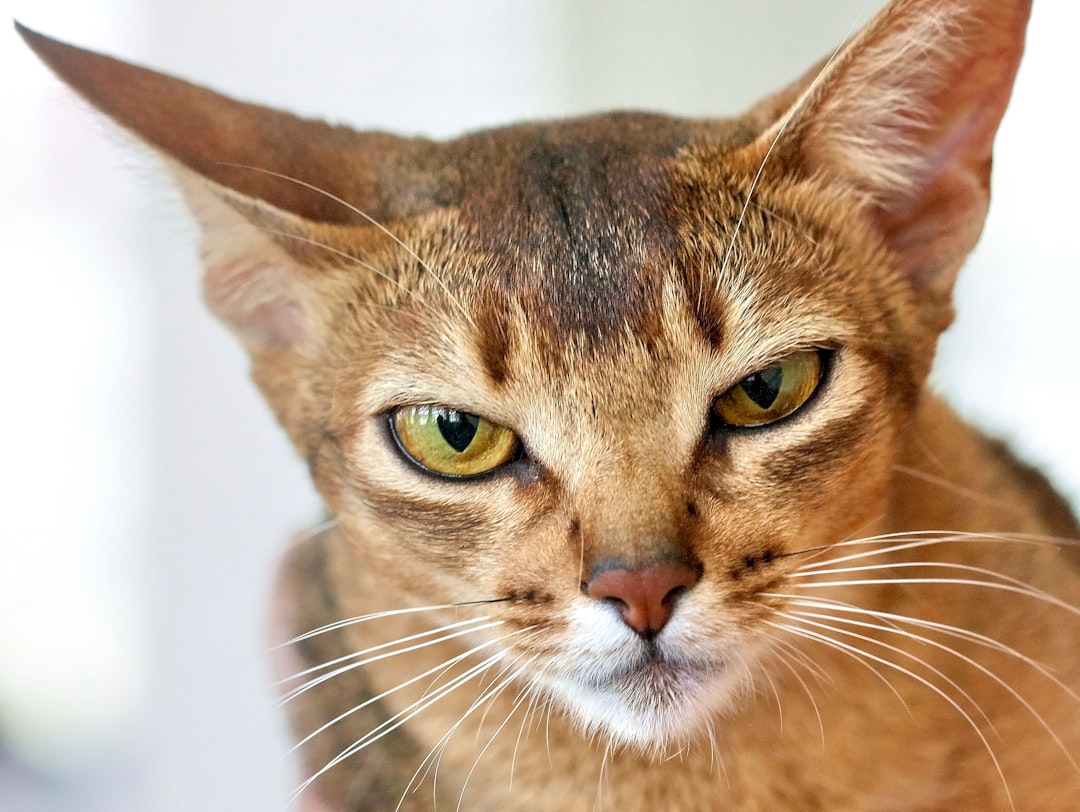
When it comes to selecting the best cat litter, the first step is understanding the various types available. Who knew litter could be so complex? But fear not, we’ll break it down with a dash of humor!
- Clay-Based Litters:
- Clumping: These fine particles magically clump together when wet, making scooping a breeze. Perfect for those who enjoy the “art of the scoop”!
- Non-Clumping: Here, you’ll feel like a medieval knight fighting an odor-smelling dragon. It absorbs moisture but does not form clumps, meaning more frequent changes.
- Biodegradable Litters:
- Made from natural materials like corn, pine, or recycled paper, these options are eco-friendly. Join the green revolution while your cat does its business!
- Silica Gel Litter:
- This new kid on the block contains tiny crystals that absorb moisture like they’re on a mission. Say goodbye to odors and hello to long-lasting freshness!
Choosing the best cat litter for your feline friend is crucial – it keeps your home fresh and your kitty happy. So, whether you’re a clumping devotee or an eco-warrior, there’s a perfect match out there waiting!
Importance of Choosing the Right Cat Litter
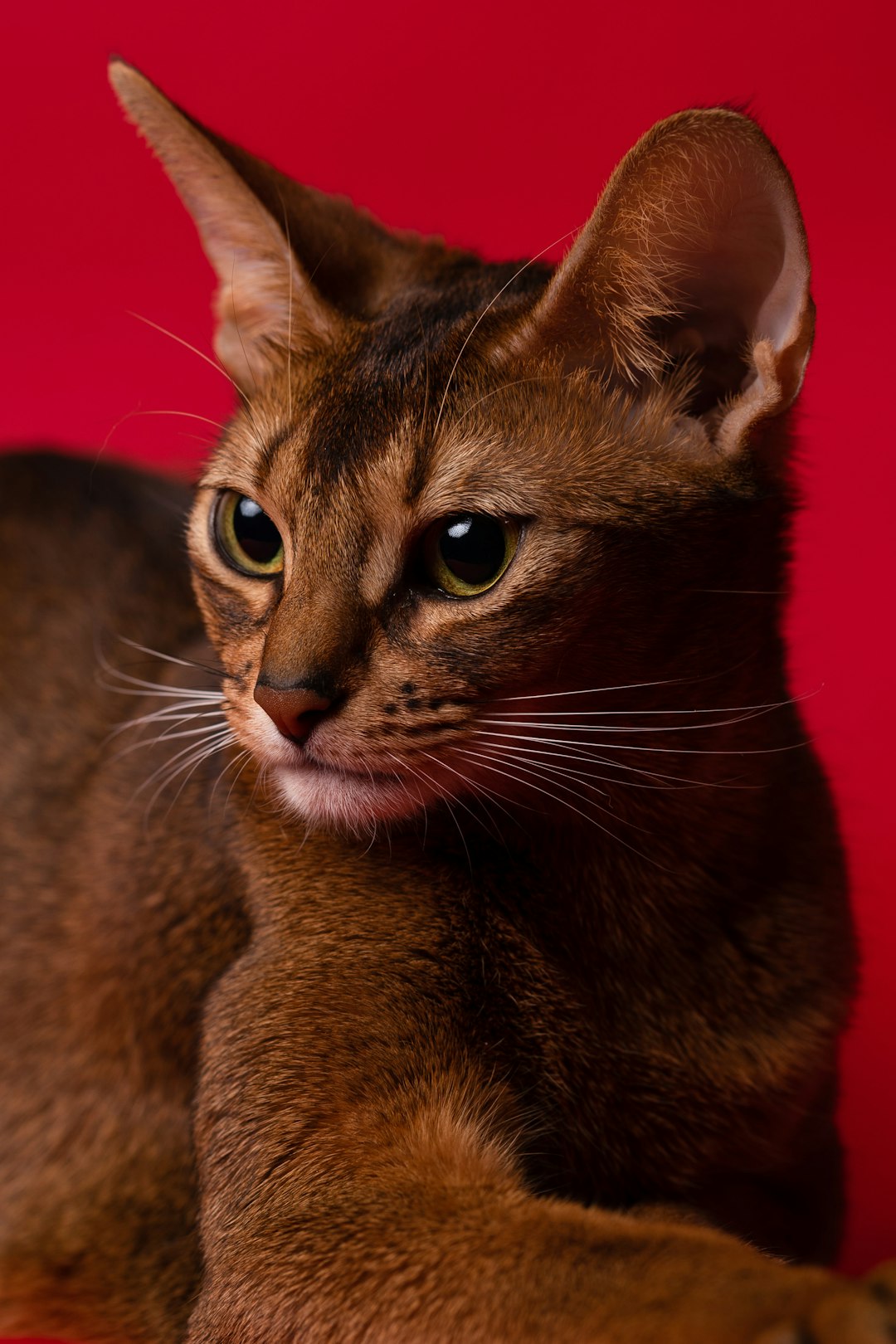
When it comes to our feline friends, choosing the best cat litter isn’t just an afterthought; it’s a crucial factor for their comfort and your sanity! Let’s explore why making the right choice matters:
- Health Matters: The wrong litter can lead to respiratory issues or skin irritations. Opt for low-dust varieties to keep those sneezes at bay.
- Odor Control: Nobody enjoys a stinky home. A good cat litter traps odors effectively, ensuring your living space smells fresh. Remember, a happy kitty often means a happier you!
- Behavioral Impact: Cats can be picky. If they dislike their litter, they might avoid the box altogether. Provide them with a best cat litter that feels good under their paws to encourage proper usage.
- Environmentally Friendly Choices: Sustainable options exist! Choosing biodegradable litter not only benefits your cat but also Mother Earth. Win-win!
- Cost-Effectiveness: Investing in quality litter can save you money in the long run, as you won’t need to replace it as frequently.
Choosing the right litter impacts your cat’s well-being and enhances your home experience. Go for the best cat litter, and your feline will thank you—preferably with a purr!
Overview of Popular Cat Litter Brands
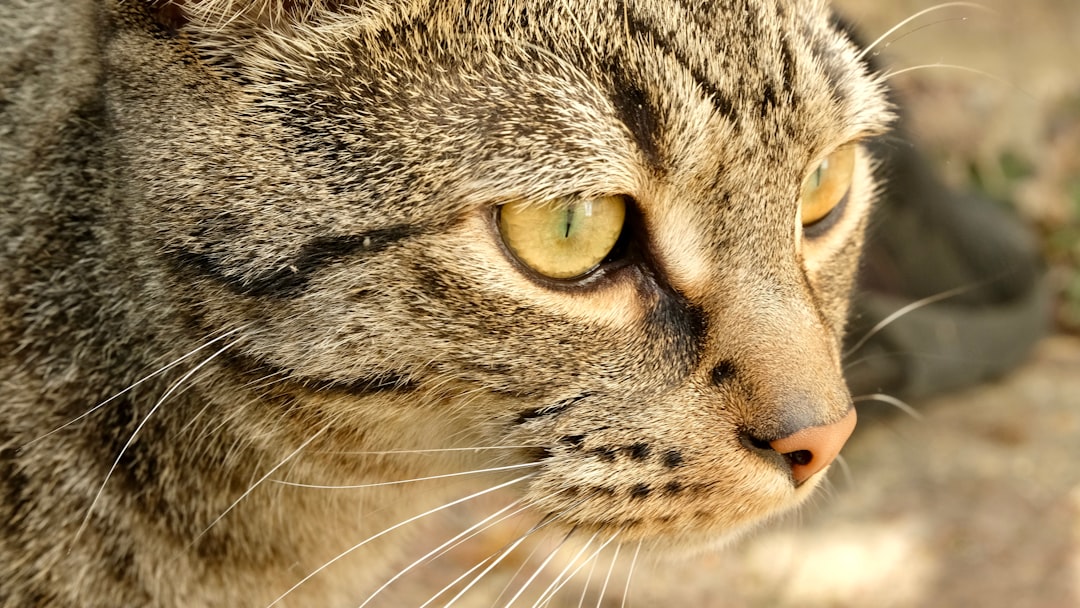
When embarking on the quest to find the best cat litter, you’ll encounter a pantheon of worthy contenders. Each brand struts its stuff in a colorful array of types and formulas. Here’s a quick rundown of some fan favorites:
- Tidy Cats: Known for superior clumping action and odor control. Their reputation? Solid as a litter box!
- Arm & Hammer: Infused with baking soda magic, this brand promises to knock out odors faster than your feline can chase a laser pointer.
- World’s Best Cat Litter: For the eco-conscious cat parent, this brand offers biodegradable options that don’t compromise on performance. Yes, you can have your cake and eat it too!
- Purina Yesterday’s News: Made from recycled paper, this litter is gentle on kitty paws and the planet. Talk about a win-win situation!
| Brand | Clumping | Biodegradable | Odor Control | Price Range |
|---|---|---|---|---|
| Tidy Cats | Yes | No | Excellent | $$ |
| Arm & Hammer | Yes | No | Excellent | $$ |
| World’s Best | Yes | Yes | Good | $$ |
| Purina Yesterday’s | No | Yes | Fair | $ |
Choosing the best cat litter also means aligning with your preferences and your cat’s needs. Happy litter-sifting!
Clumping vs. Non-Clumping Litter
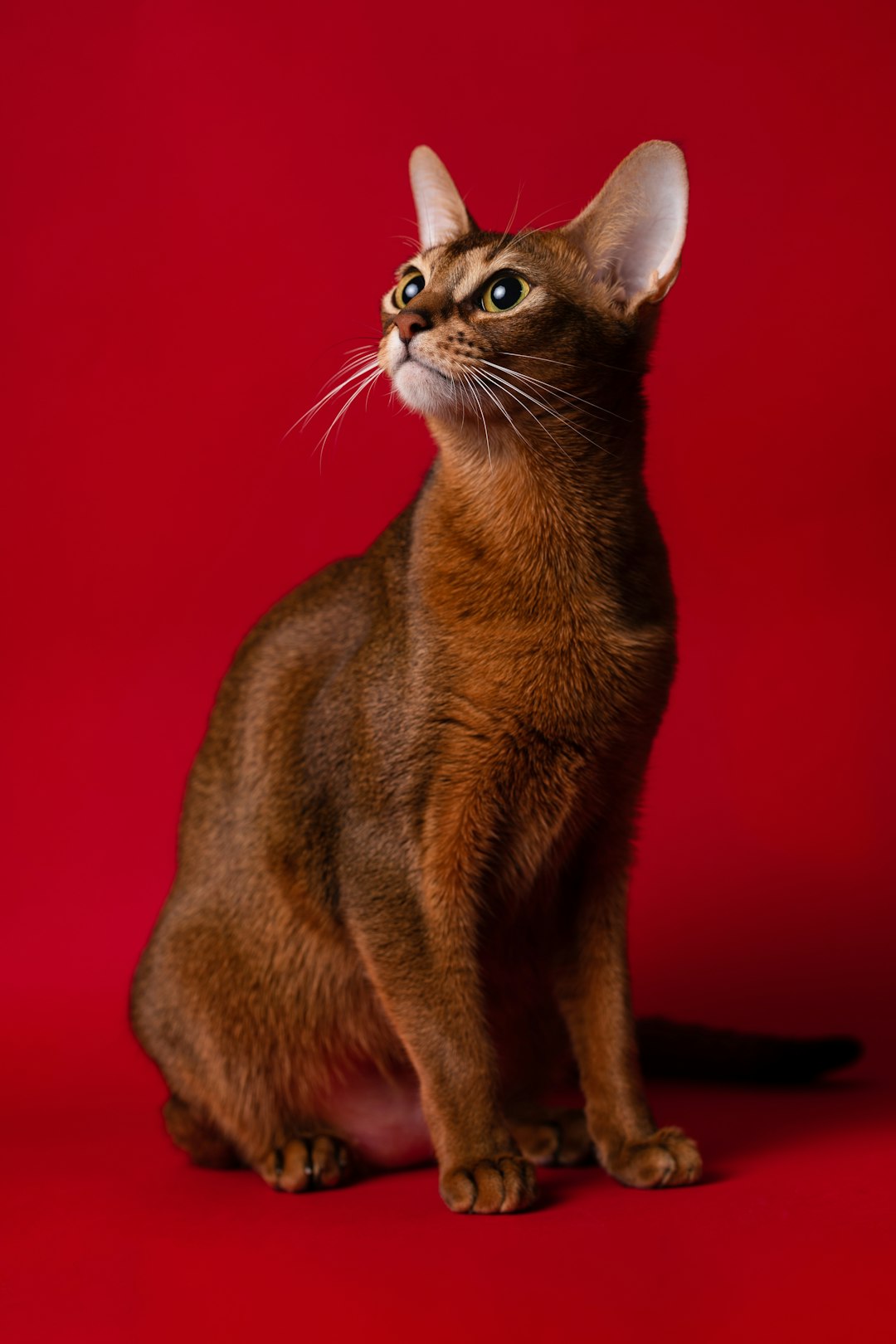
When it comes to finding the best cat litter, clumping and non-clumping options have their own unique quirks that can make or break your cat’s bathroom experience. Let’s break it down:
Clumping Litter: The Popular Choice
- Efficiency: Clumping litter forms solid masses when your cat does its business, making it easy to scoop out the mess.
- Odor Control: Typically, these litters seal in odors effectively, keeping your home fresh as a daisy.
- Less Frequent Changes: You can top off the litter instead of replacing it entirely, reducing waste and cost.
Non-Clumping Litter: The Quiet Underdog
- Absorption: This type absorbs moisture but doesn’t form solid clumps, making it ideal for cats who prefer a more rustic feel.
- Natural Choices: Often made from materials like clay or recycled paper, it appeals to eco-conscious feline friends.
- Frequent Changes: Expect to change the litter more frequently since it doesn’t contain odors as effectively.
Quick Comparison:
| Feature | Clumping Litter | Non-Clumping Litter |
|---|---|---|
| Ease of Cleaning | ✅ Easy to scoop | ❌ More effort needed |
| Odor Control | ✅ Excellent | ❌ Moderate |
| Cost Efficiency | ✅ Long-lasting | ❌ Shorter lifespan |
Ultimately, whether you go with clumping or non-clumping, choosing the best cat litter comes down to your cat’s preference and your lifestyle. Happy hunting!
Biodegradable Litter Options
When it comes to choosing the best cat litter, biodegradable options are purr-fect for the eco-conscious cat lover. Not only do they cater to your kitty’s needs, but they also help you give back to Mother Earth. Here’s a look at some popular biodegradable litter options:
- Wood-based litter: Made from sawdust and reclaimed wood, this litter has natural odor control and absorbs moisture. Plus, it’s lightweight and compostable!
- Corn-based litter: Known for its clumping ability, corn litter is made from whole-kernel corn and is completely biodegradable. Bonus: cats love the texture!
- Paper-based litter: This option typically comes from recycled paper products. It’s super soft for sensitive paws and offers excellent absorption without the dust.
Here’s how they stack up:
| Type | Clumping | Odor Control | Eco-Friendliness | Cost (per 10lbs) |
|---|---|---|---|---|
| Wood-based | Yes | Good | High | $10 |
| Corn-based | Yes | Excellent | Very High | $12 |
| Paper-based | No | Fair | High | $8 |
Choosing the best cat litter doesn’t just mean considering your feline’s comfort, but also extending a paw to the environment. Happy litter hunting!
Deodorizing Features in Cat Litter
When it comes to finding the best cat litter, odor control can make or break your decision—after all, we want our feline friends to stay fresh without turning our homes into a no-go zone. So, what deodorizing features should you look out for?
- Activated Charcoal: Absorbs moisture and eliminates odors like a pro.
- Baking Soda: Nature’s secret weapon; it’s inexpensive and effective for neutralizing smells.
- Natural Enzymes: Break down waste and odors, focusing on the source rather than masking it with perfumes.
Here’s a quick comparison of some popular brands for a clearer view:
| Brand | Deodorizing Feature | Clumping Made Easy? |
|---|---|---|
| Brand A | Activated Charcoal | Yes |
| Brand B | Baking Soda + Enzymes | Yes |
| Brand C | Heavy Fragrance | No |
Choosing the best cat litter with powerful deodorizing options not only keeps your home smelling fresh but also makes litter box time more pleasant for your whiskered companion. So, find the right balance and say goodbye to unwelcome odors!
User Reviews and Brand Reputation
Navigating the world of cat litter can feel like a trip through a maze of conflicting opinions, but user reviews are your trusty guide! When hunting for the best cat litter, don’t overlook the power of feedback from fellow feline fanatics. Here’s a quick breakdown to help you sift through the litter:
- Personally Tested: Pet parents share their trials and tribulations. Look for litter reviews that mention their cat’s acceptance and comfort.
- Clumping Performance: Many reviews highlight how well the litter keeps things tidy. Nothing ruins a good litter experience like a mess!
- Odor Control: Cats are more particular than a snooty royal. Check if users rave about effective odor elimination—after all, nobody wants their home smelling like a cat’s litter box!
- Dust Level: Sensitive snouts beware! Users often share their experience with dust clouds.
With a mix of user reviews and stellar brand reputation, you’ll get a clearer picture of which options truly offer the best cat litter for your whiskered companion! Remember, happy kitty, happy life!
Tips for Transitioning Your Cat to New Litter
Transitioning your feline companion to the best cat litter doesn’t have to be a cat-astrophe! With a little finesse, you can ease your kitty into the change. Here are some pawsitively effective tips:
- Gradual Introduction: Mix the new litter with the old one. Start with a 70/30 blend of old to new. Gradually increase the new litter ratio over a week.
- Choose the Right Time: Pick a period when your cat seems calm, like after a meal or playtime. Avoid transitions during stressful times.
- Lure Them In: Consider using treats or toys near the litter box to create positive associations with the new best cat litter.
- Observe and Adapt: Watch for any signs of reluctance. If your kitty turns up its nose, try a different texture or scent.
- Patience is Key: Some cats take longer than others. Give it time and follow the feline natural instincts.
With the right approach, your cat will be happily using their new litter in no time!
Tips for Transitioning Your Cat to New Litter
Transitioning your feline friend to the best cat litter doesn’t have to feel like a high-stakes drama. With a pounce of patience and a sprinkle of clever technique, you can make the change smooth and tail-waggingly delightful. Here’s how:
- Gradual Introduction: Instead of going cold turkey, mix the new litter with the old litter. Start with a ratio of 75% old litter to 25% new, then gradually shift to 100% over a week or so. Cats love to ease into change; it’s their way of not losing their cool!
- Positive Reinforcement: Reward your kitty with treats or extra pets whenever they use the new litter. This helps create positive associations and reinforces the idea that the new litter is, in fact, the best cat litter.
- Cleanliness is Key: Cats are clean freaks. Ensure the litter box remains clean and odor-free to encourage your cat to embrace the new litter. A messy box? No thanks, that’s not their style.
- Monitor Behavior: Keep an eye on their litter box habits. If your cat seems hesitant or avoids the box, revisit the mix ratio or evaluate if the new litter meets their high standards.
By following these tips, transitioning to the best cat litter can be as smooth as your cat’s sleek coat!
Final Thoughts on Choosing Cat Litter
Choosing the best cat litter can feel like navigating through a maze filled with whiskers. But fear not! Here are some final thoughts to help you find that purr-fect match:
- Prioritize Your Cat’s Preferences: Your feline friend has specific likes and dislikes. Pay attention to their habits and select a litter that aligns with them.
- Consider Cleanup Ease: The best cat litter should not only cater to your kitty but also make your life easier. Clumping litters can save you time and effort during cleanup.
- Try Before You Commit: Experiment with a couple of different brands to see which your cat prefers. It’s not just about what works; it’s about what your feline will embrace!
- Stay Budget-Friendly: While some premium litters may come at a steep price, many affordable options deliver stellar performance. Weigh functionality against cost.
In the end, the best cat litter is the one that keeps both your cat and your nose happy! Choose wisely, and you’ll create a blissful bathroom break for your furry companion.
Frequently Asked Questions
What factors should I consider when choosing cat litter?
Selecting the purr-fect cat litter isn’t just about picking a random bag at the store. You need to consider your cat’s preferences (because they definitely have them), your budget (some litters could cost more than your cat’s fancy tuna), odor control (you don’t want to be left gasping at the foul smells of your little furball’s bathroom), and any allergies your beloved pet might have. Plus, think about whether you want clumping litter, crystal litter, or a more eco-friendly option—it’s a big decision, so choose wisely!
Are there any eco-friendly cat litter options?
Absolutely! Today’s cat owners are getting green-fingered. Eco-friendly litters typically come from renewable resources like recycled paper, corn, wheat, or wood. They’re odor-resistant, and most importantly, they’re safe for our planet! Just think: your kitty’s bathroom habits can now leave a smaller carbon pawprint. Brands like World’s Best Cat Litter and ökocat are purring up a storm of green choices that make both your feline friend and Mother Nature happy!
How often should I change the cat litter?
If only there was a magical answer for this one! Generally, you should scoop out clumps daily (it’s like tidying your cat’s little throne), but a full litter change is typically recommended every 1-2 weeks. However, it can vary based on how many cats you have, how often they use it, and the type of litter you’re using. So, keeping that nostril good and flared, pay attention to odors or clumping abilities, and don’t hesitate to refresh it when it starts smelling ‘less than fresh’!
What is the best type of cat litter for odor control?
Companies are dishing out the goods when it comes to odor control! Clumping clay litters, especially those infused with odor-neutralizing agents or natural minerals, are known for their superior absorption and clumping. Brands like Arm & Hammer and Tidy Cats have some heavy-duty options that can silence the stench before you even notice. But if you’re yearning for something more aromatic, consider crystal litter which can also absorb odors like a pro durable sponge. Your nose will thank you!


